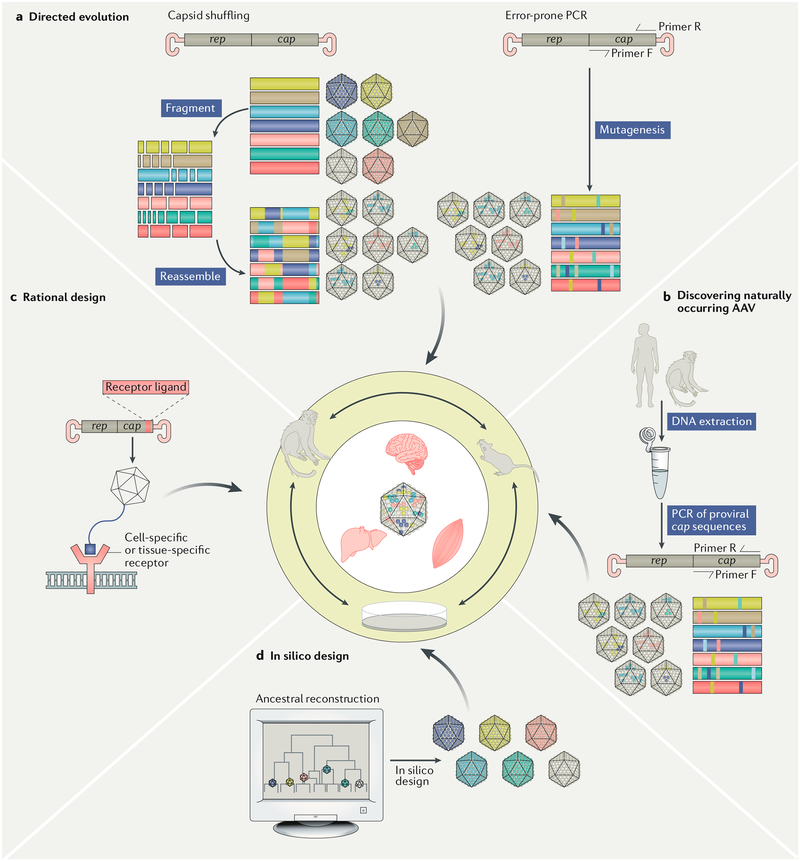Fig. 3 |. infographic of the four primary methods for capsid discovery and engineering.
a | Directed evolution via methods such as capsid shuffling or error-prone PCR can create numerous unique capsid combinations that may harbour distinct and favourable vector properties. b | Discovery of naturally occurring adeno-associated virus (AAV) surveys proviral sequences present in host tissues that may have been infected with wild-type AAVs. c | Rational design utilizes pre-existing knowledge of capsid biology and host cell targets to engineer capsids that specifically recognize tissue-specific or cell-specific extracellular markers or to evade immune surveillance. d | In silico design, a somewhat new method for capsid discovery, utilizes computational approaches to predict novel capsid designs that are not seen in nature. Reconstruction of ancestral AAVs from contemporary capsids is one form of in silico design. The inner circle depicts the primary methods for candidate capsid screening: in vitro (for example, cell culture) and in vivo using small animal models (for example, mice) and large animal models (for example, non-human primates) that serve as proxies for the human patient.

